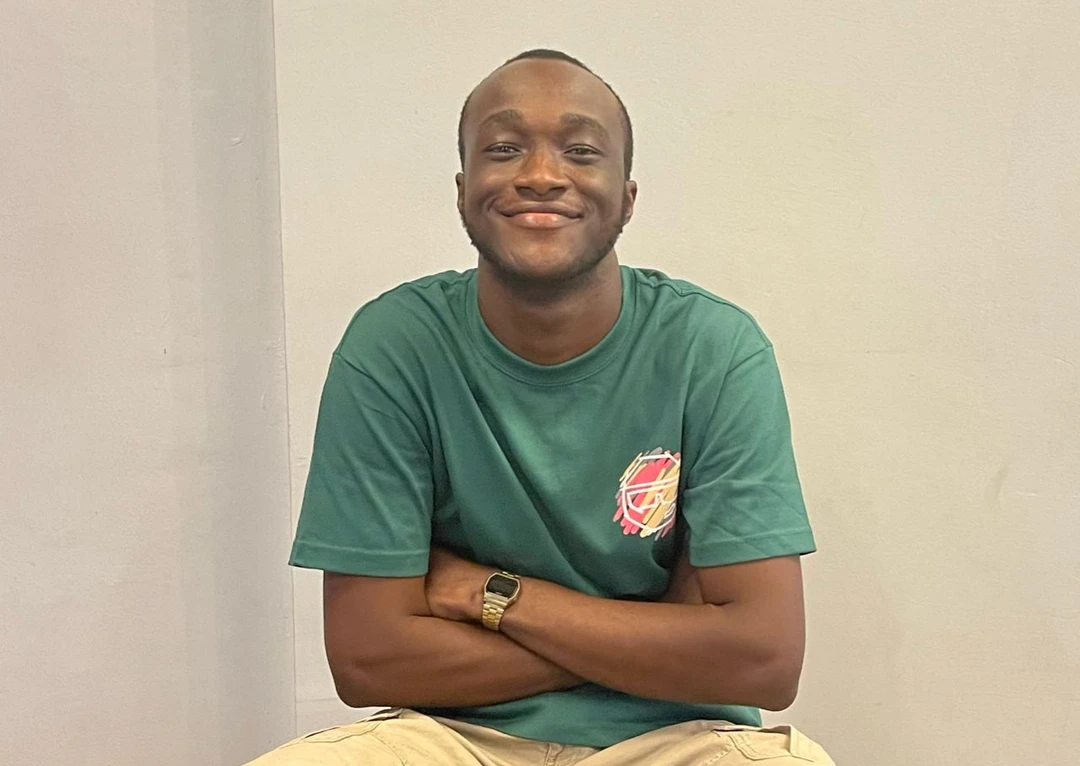YouTube may be ushering in a new age, but it’s the writers who will determine just how far “New Nollywood” can go.
New Nollywood on YouTube and Quest for Genuine Creativity

BY Ikenna Churchill
June 11, 2025
7:30 am
“New Nollywood” marks a bold new era in Nigerian cinema as an awakening characterized by improved production quality, more elaborate stories, and the embrace of global platforms. The nexus of this revolution is YouTube, an internet portal that allows directors to bypass conventional gatekeepers and deliver their work directly to the masses worldwide. This open access has unleashed new levels of creativity and visibility, but it also raises immediate questions: Can aesthetic integrity withstand the algorithm? Can quality thrive where speed and visibility are the dominant determinants?
Nigerian cinema has never lost touch with presenting indigenous stories. During the post-independence period, the likes of Ola Balogun, Hubert Ogunde, and Eddie Ugboma were inspired by Yoruba travelling theatre to create films based on local culture. It so happened that this, too, was the time when Nigeria’s 1970s oil boom was occurring, but luck didn’t last long. The economic downturn in the 1980s, along with a devalued Naira and astronomical cost of production, checked progress.

Then came the VHS revolution. During the early 1990s, a new era emerged with films like Living in Bondage (1992), which gave rise to what became internationally recognized as Nollywood. Films were made quickly and cheaply, often disseminated unofficially through channels like Alaba International Market. Despite hardships such as piracy and a lack of institutional support, by the mid-2000s, Nollywood had become the world’s second-largest film industry by volume of production.
A turning point arrived in 2009 in the form of “New Nollywood” – a movie movement led by statutorily trained filmmakers, higher budgets, and attention to more sophisticated, layered storytelling. Nigerian movies spread to online destinations like iROKOtv and, later, Amazon Prime, Netflix, but none have been as accessible or groundbreaking as YouTube.
YouTube has been a significant change, in a broad sense, for Nigerian filmmakers. Its low entry barrier and global reach allow independent creators to bypass traditional routes and speak directly to their audiences. This freedom has enabled talents like Ruth Kadiri to build loyal online followings while producing work on their terms. Kadiri’s channel, “Ruth Kadiri 247,” essentially operates as her dedicated streaming platform, giving her complete control over how and when her stories are released.

One of YouTube’s great strengths is that it is interactive. The comments aren’t just for fan praise or criticism; they’re a real-time feedback loop. Creators can observe what works and what doesn’t and adjust accordingly. This call-and-response approach has driven a more audience-aware creative process, where creators constantly refine their craft with every update.
The platform’s reach extends well beyond Nigeria’s borders. With millions in the African diaspora hungry for content that reflects their heritage, YouTube offers “New Nollywood” filmmakers an unprecedented opportunity for global exposure. Films like Omoni Oboli’s “Love In Every Word,” which garnered over 20 million views, demonstrate how stories rooted in local culture can have far-reaching appeal. Even short films like Ti E Nbo have found vibrant audiences and sparked meaningful conversations.
But YouTube is not a utopia. Its advertising-backed revenue model is limiting, especially in countries such as Nigeria, where advert rates are lower than in the West. This leaves budding filmmakers who have good ideas but limited funds having to make their dollars go further, cut corners, and, at times, sacrifice quality. There is also the stress of constantly churning out content just to stay visible, which can encroach on creative depth.
And then there’s the algorithm – that elusive hand that determines what’s seen and what’s not. Because YouTube favors popular content, artists are under pressure to conform to lucrative genres, such as romance or family melodrama. Risk is made more complicated when the reward is uncertain, and the platform rewards mimicry. Salacious headlines and clickbait-friendly storytelling often overshadow more serious or thought-provoking storytelling.

The flood of free material also makes it simpler than ever to be drowned out. Even if a film is good, it can get lost. Piracy is still another giant hurdle. Actress Bimbo Ademoye recently went on the attack against YouTube channels which pirate Nollywood material without authorization. Such piracy not only takes away from creators the money they would have earned, but also discourages investors in bigger, riskier productions.

However, a few “New Nollywood” producers are managing to survive. With a mix of AdSense, sponsorship deals, co-branding, and merchandise sales, others are constructing viable business models. Success will rely on fan support and the ability to adapt rapidly to changes in the platforms.
But monetization necessities can drive creators in ways they hadn’t initially intended. Seeking out views can lead to them duplicating what’s already working instead of attempting something new. The algorithm is a creative compass, not always through design, but through necessity.

As the landscape continues to evolve, one thing is clear: no platform can shoulder the full weight of a national film industry. YouTube offers necessary openings, but it’s no magic bullet. A vibrant future for “New Nollywood” would likely lie in a hybrid model – one that leverages YouTube’s reach, combines the financial benefits of subscription streaming, and capitalizes on cinema’s cachet.

At the heart of it all is the same thing that has propelled Nigerian film all along: storytelling. No matter what platform, it’s the ability to connect with audiences, to move, challenge, and entertain them, that makes a film succeed or not. YouTube may be ushering in a new age, but it’s the writers who will determine just how far “New Nollywood” can go.

